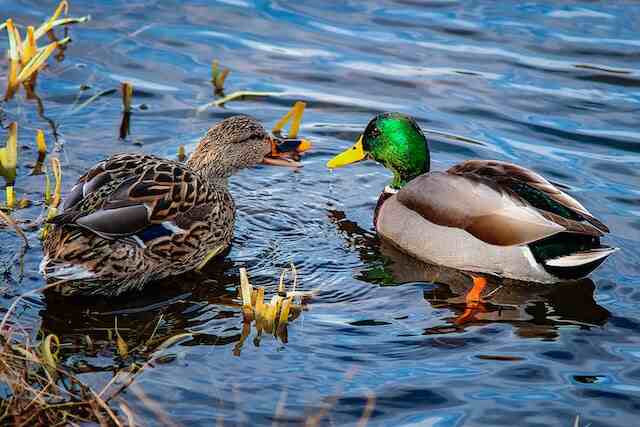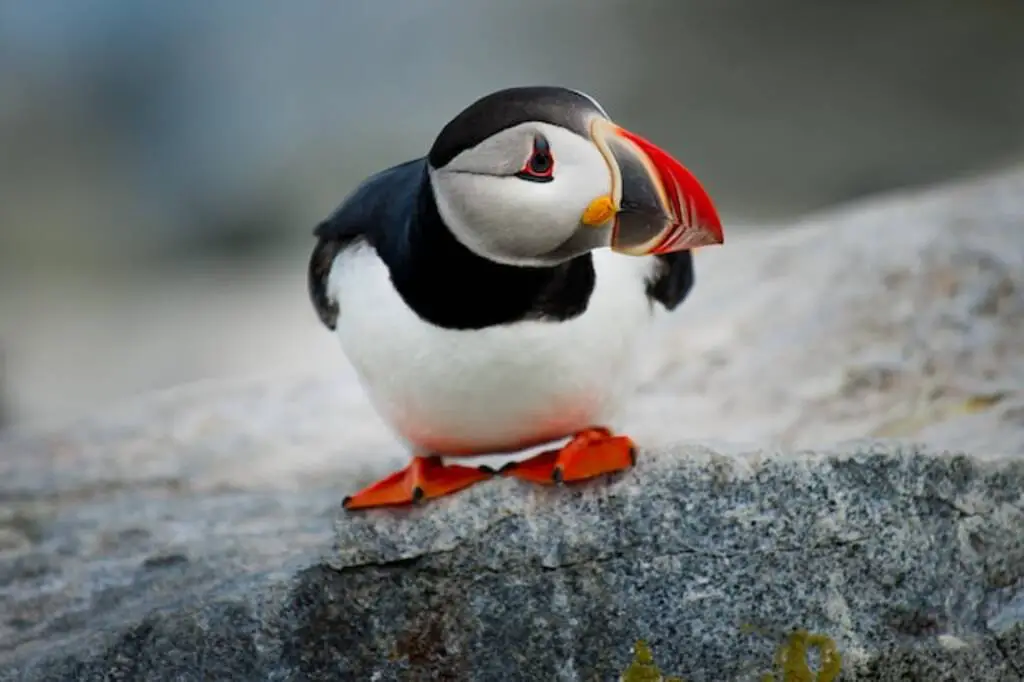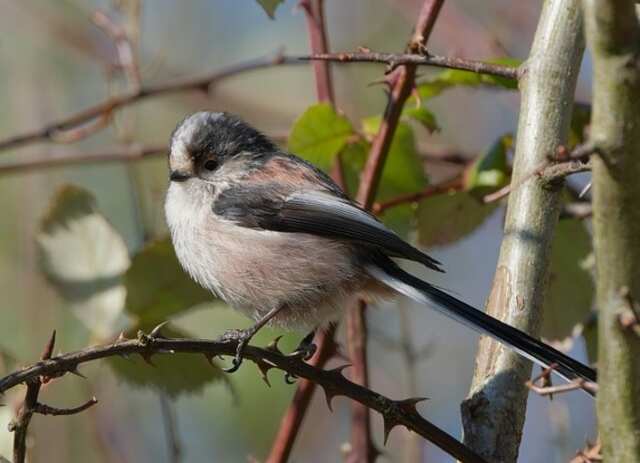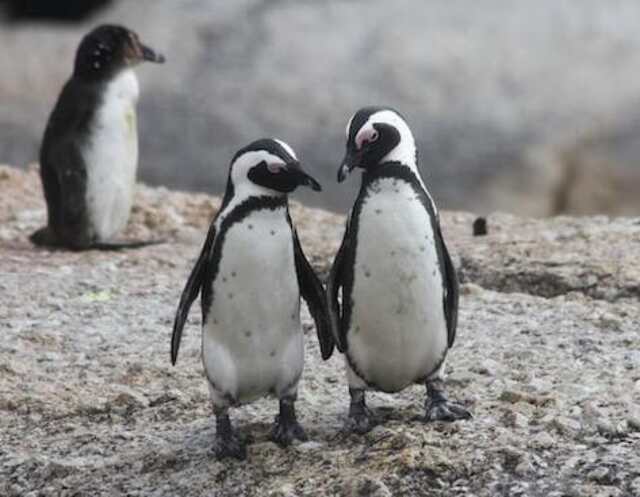Birds are some of the most majestic creatures in the animal kingdom. They come in all shapes and sizes, and their feathers come in an array of colors. But do all birds have feathers? Well, in this post, we will explore this topic in depth.
We will look at the different types of feathers that birds have and how they help the bird to survive in its environment. We will also discuss whether or not all birds have feathers.
Table of Contents
- 1 Do all birds have feathers?
- 2 Do only birds have feathers?
- 3 Why do birds have feathers instead of fur?
- 4 Do feathers help birds fly?
- 5 Do all birds have down feathers?
- 6 Do all birds have waterproof feathers?
- 7 Why do birds have waterproof feathers?
- 8 Why do birds have feathers of different colors?
- 9 Why do birds have such beautifully colored feathers?
- 10 Why do male birds have colorful feathers?
- 11 Do all birds have tail feathers?
- 12 Do all birds have oil on their feathers?
- 13 Do all birds have pin feathers?
- 14 Do all birds have feathers and wings?
- 15 Do penguins have feathers?
- 16 What do all birds have in common?
- 17 Do all penguins have feathers?
- 18 Do bats have feathers?
- 19 Author
Do all birds have feathers?
All birds have feathers. This is a defining characteristic of birds and one that sets them apart from other animals. Feathers are used for insulation, flight, and waterproofing, and all birds have them. There are over 10,000 different species of birds, and they all have feathers.
Do only birds have feathers?
Birds are the only animals with feathers. Feathers serve many purposes for birds. They help them fly, keep them warm, and protect them from the sun and rain.
Each feather is different, and they all work together to help the bird fly. Feathers are extremely complex in structure. The shaft is the main part of the feather, and it is covered in barbules.
The barbules have hooks that help hold the feathers together. The vane is the part of the feather that has all of the webbings. All of these parts work together to make a feather-light and strong. Without feathers, birds would not be able to fly.
Why do birds have feathers instead of fur?
There are many reasons why birds have feathers instead of fur.
- One reason is that feathers are much lighter than fur, which helps birds to fly.
- Another reason is that feathers can be waterproof, which helps birds to stay dry.
- Feathers also insulate better than fur, so birds can stay warm in cold weather.
- Feathers can be used for communication and courtship display.
- Finally, feathers can help to camouflage birds from predators.
Do feathers help birds fly?
Aerodynamic forces are what keep birds aloft, and feathers play a crucial role in generating these forces. The airflow around a feather creates Lift, which opposes the force of gravity and keeps the bird in the air.
In addition, feathers help birds to steer and change direction while flying. Without feathers, birds would lose their ability to fly. Feathers provide the necessary aerodynamic forces that keep birds in the air.
In addition, feathers help birds to steer and change direction while flying. Without feathers, birds would be unable to take advantage of the updrafts created by thermals, and would therefore be grounded.
Do all birds have down feathers?
No, not all birds have down feathers. These special feathers are found only on the underside of young birds, and they provide insulation to keep the bird warm. Down feathers are different from regular feathers in that they have a soft, fluffy texture and are much lighter in weight.
Powder down is another type of feather that is found only in a few groups of birds, such as doves, pigeons, herons, tinamous, bustards, and some parrots.
These feathers have a powdery substance on them that helps to absorb oil and water. This powder helps to keep the bird’s plumage clean and free from dirt and grime.

Do all birds have waterproof feathers?
Birds are well known for their feathers. But did you know that not all of their feathers are waterproof? It’s true! Waterproofing is a process that helps birds keep their feathers from becoming waterlogged and heavy. Without waterproofing, birds would have a difficult time flying in the rain or taking a bath.
So, how do birds waterproof their feathers? The answer lies in an oily substance called preen oil. Preen oil is produced by a gland near the base of the bird’s tail. The bird spreads the oil over its feathers with its beak to help repel water.
Not all birds produce preen oil, however. Some species of birds, such as penguins and ducks, have feathers that are naturally waterproof.
Why do birds have waterproof feathers?
Birds have waterproof feathers for a variety of reasons. Waterproof feathers help keep the bird dry and warm, allowing them to stay insulated from the cold. They also help protect the bird against water-borne bacteria, parasites, and other irritants that could potentially harm them.
Additionally, these feathers help birds stay afloat when swimming or diving in water. This is especially beneficial for aquatic birds that spend considerable amounts of time immersed in the water. Waterproof feathers are typically found on species like ducks and seabirds such as penguins, terns, and gannets.
These species are specially adapted to be able to dive deep into the ocean looking for food while staying safe and warm thanks to their protective waterproof feathers. Other species with waterproof feathers include grebes, loons, swans, geese, cormorants, pelicans, shorebirds, gulls and auks.
Why do birds have feathers of different colors?
Birds come in all sorts of colors, shapes and sizes. But why do they have feathers of different colors? It’s likely due to a combination of adaptation, sexual selection and camouflage. Through years of evolution, many bird species have developed brightly colored feathers as a way to stand out from the crowd. This is especially important during the mating season, when male birds use their colorful plumage to attract potential mates. In some cases, the coloration serves more practical purposes.
For instance, if a bird resides in an environment with lots of green foliage and trees, it may sport mottled feather patterns that help it blend into its surroundings as camouflage against predators. Ultimately, the range of feather colors among birds reflects nature’s incredible diversity and adaptability.
Why do birds have such beautifully colored feathers?
Birds have brightly colored feathers for a variety of reasons. Primarily, these colors help them to stand out in their environment, aiding in courtship and mating displays as well as camouflage from predators.
Different colors may also signify social rank or be used to communicate with other birds. Feathers are also important for insulation and protection from the elements, helping keep birds warm and dry in all kinds of weather.
Why do male birds have colorful feathers?
Male birds have colorful feathers for a variety of reasons. For one, these bright colors can help male birds attract mates by displaying their beauty and strength. Additionally, vivid feathers may also act as an intimidation tool to ward off other males.
Colorful feathers can also serve as camouflage in certain habitats, enabling the bird to blend in with its environment and stay safe from predators. Finally, the vibrancy and colors of a bird’s plumage can be used to communicate with other members of its species.
Bright colors are often associated with good health and strong genes, signaling that a mate is desirable or healthy enough to raise offspring.
Do all birds have tail feathers?
Yes, all birds have tail feathers with the exception of the kiwi. The function of tail feathers vary among species but they generally serve as a rudder to help the birds change direction while flying and to maintain balance.
In some cases, such as when a bird is landing, the tail feathers act as brakes. The appearance of tail feathers also plays a role in mate selection. For example, male peacocks use their colorful tails to attract mates.
Do all birds have oil on their feathers?
There are many different types of birds in the world, and they all have different features. Some birds have oil on their feathers and some do not. The purpose of the oil is to waterproof the feathers and keep them from getting wet.
The oil also helps to keep the feathers from matting down. Birds that have oil on their feathers typically live in wetter climates, where they do not need extra protection.
Do all birds have pin feathers?
The answer is both yes and no. All birds have feathers, but not all feathers are pin feathers. Pin feathers are simply a type of feather that is still growing and developing. When you see a bird with some quills sticking out from its body, those are the pin feathers.
The purpose of these feathers is to help the bird fly, and they will eventually fall out and be replaced by new ones. So, while all birds have feathers, not all of them have pin feathers at any given time.
Do all birds have feathers and wings?
All birds have feathers and wings. Feathers are an essential part of a bird’s anatomy, providing insulation, protection, and flight. Wings are also necessary for flight, as well as for balance and maneuverability.
Despite their similarities, however, not all feathers and wings are created equal. The type of feathers a bird has depends on its species, and its wings may be adapted for different purposes.
For example, some birds have waterproof feathers that help them swim, while others have long tail feathers that help them steer in mid-flight.
Do penguins have feathers?
All birds have feathers, and penguins are no exception. Penguins have a coat of feathers that keeps them warm in the cold Antarctic waters. The feathers also help the penguin to swim faster by reducing drag in the water.
Their feathers are very dense and oily, which helps them to waterproof their body and insulate them from cold water. Penguins also have a lot of feathers, the Emperor Penguin has around 80,000 of them!
What do all birds have in common?
There are approximately 10,000 different species of birds in the world, but what do they all have in common? For starters, all birds have feathers. Feathers are made mainly of keratin, the protein found in hair, nails, and human skin.
Birds use their feathers for flight, insulation, and protection. All birds also have beaks and two feet with four toes pointing forward and two backward.
This arrangement is known as anisodactyl. Birds are warm-blooded creatures, meaning they can maintain a consistent body temperature regardless of their surrounding temperature.
They achieve this by using metabolic processes to generate heat. Most birds also have a four-chambered heart, which allows them to pump oxygenated blood to their muscles for energy.
Do all penguins have feathers?
All penguins have feathers. The feathers of a penguin are not like the feathers of other birds. Penguin feathers are more like scales. They are small and close together and this helps them to stay warm in the cold Antarctic waters. The feathers also help the penguins to swim fast and to glide through the water.
Do bats have feathers?
It turns out that bats have neither feathers nor fur. Their wings are actually made of a thin layer of skin stretched over a network of bones. This skin is very elastic, and it is covered with tiny hairs.
The flexibility of the skin and the hairs on it allow bats to fly in a way that is very different from how birds fly. When a bat flaps its wings, the air pressure underneath them decreases, which causes them to rise up into the air.
Related Posts:




